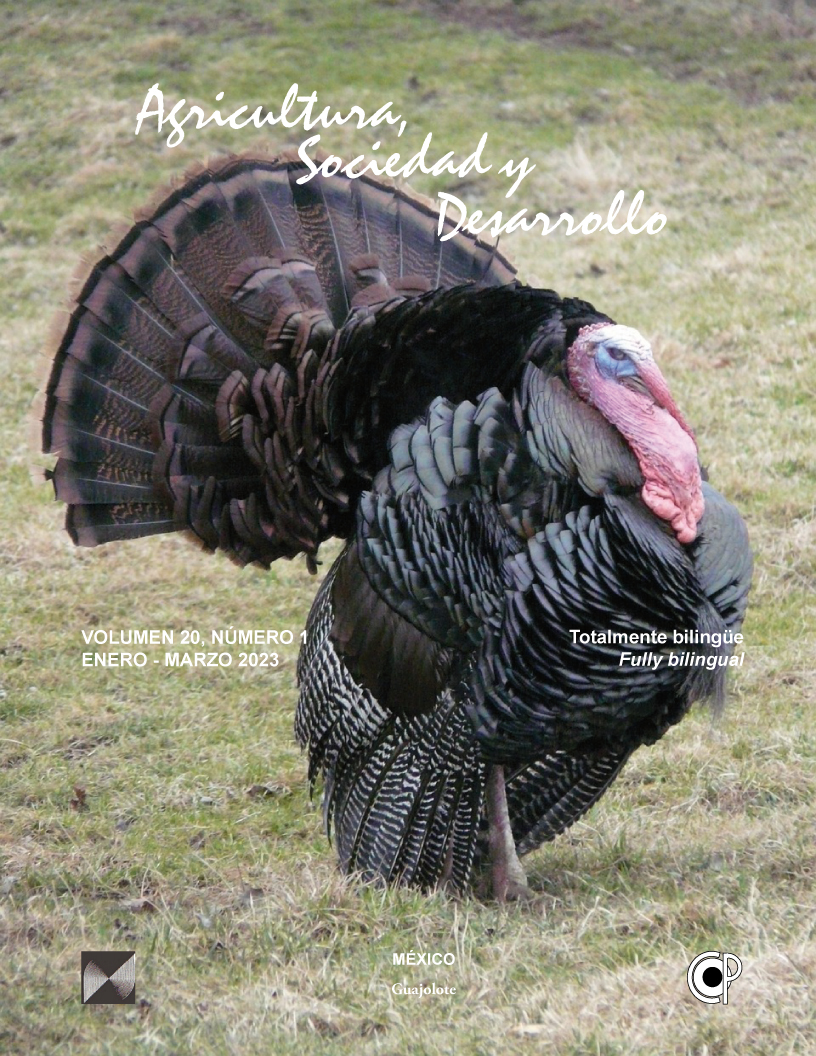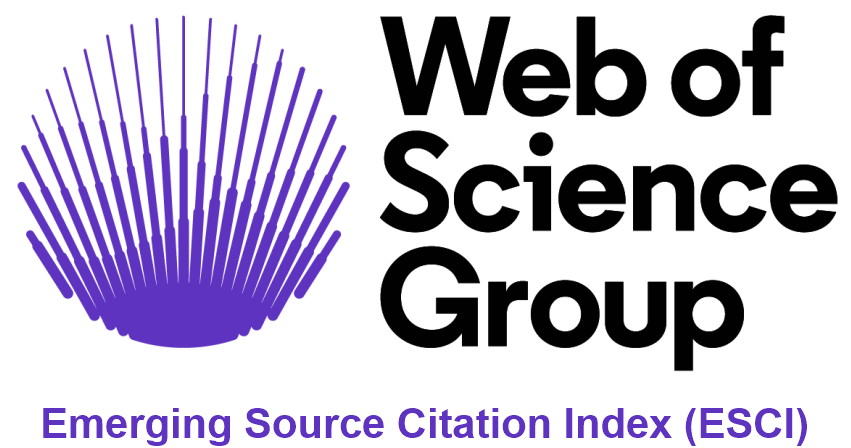Analysis of the implementation of the rural community tourism model from the approach of rural capital assets in three regions of Peru
DOI:
https://doi.org/10.22231/asyd.v20i1.1310Keywords:
capital, rural capital, community, territory, Andean tourismAbstract
The objective of the study was to identify the interrelations between the Rural Community Tourism Model (RCT) of the Ministry of Foreign Commerce and Tourism of Peru, and the framework of rural capital assets, based on the capacity of communities to generate strategies of territorial development. Nine rural communities were studied which have developed the RCT model with success in three touristic regions of the south of Peru: Cusco, Puno and Arequipa. A total of 45 interviews were applied to people devoted to farming tasks, handcrafts, lodging, tourism guides, gastronomy, and communication promoters; also, to business owners and municipal authorities. The results indicate that four communities have succeeded in generating the tourism strategies of the model, two communities have lost the view of social fabric and the RCT value chain, two more communities have difficulty with the accessibility to the place and the lack of tourism promotion; and one last community is starting to develop the RCT. The conclusion is that the socioeconomic activity of the rural capital of the RCT model allows the local development and welfare of rural families in Peru.
References
Ardila EE, Rueda JF. 2013. La saturación teórica en la teoría fundamentada: su de-limitación en el análisis de trayectorias de vida de víctimas del desplazamiento forzado en Colombia. Revista colombiana de sociología, 36(2), 93-114.
Baltar F, Gorjup MT. 2012. Muestreo mixto online: Una aplicación en poblaciones ocultas. Intangible Capital, 8(1), 123-149. DOI: https://doi.org/10.3926/ic.294
Bennett N, Lemelin RH, Koster R, Budke I. 2012. A capital assets framework for appraising and building capacity for tourism development in aboriginal protected area gateway communities. Tourism Management, 33, 752-766. DOI: https://doi.org/10.1016/j.tourman.2011.08.009
Cabanilla E. 2018. Turismo comunitario en América Latina, un concepto en construcción. Siembra, 5(1), 1-13. DOI: https://doi.org/10.29166/siembra.v5i1.1433
Cabanilla E, Lastra-Bravo X, Pazmiño J. 2017. El turismo doméstico ¿Demanda potencial de los centros de turismo comunitario en Ecuador? Pasos, Revista de Turismo y Patrimonio Cultural, 15(3), 579-590. DOI: https://doi.org/10.25145/j.pasos.2017.15.039
Flores C, Zizumbo L, Cruz G, Vargas E. 2014. Economía social, comunalidad: orientación teórica para el desarrollo del turismo rural, como alternativa de desarrollo. Revista Mexicana de Ciencias Agrícolas, (9),1645-1658.
Garrod B, Wornell R, Youell R. 2006. Re-conceptualising rural resources as countryside capital: The case of rural tourism. Journal of Rural Studies, 22(1), 117-128. DOI: https://doi.org/10.1016/j.jrurstud.2005.08.001
Gascón J, Cañada E. 2008. Turismo y Soberanía Alimentaria. Ponencia marco del Grupo de Trabajo sobre Turismo presentado en el VI Foro por un Mundo Rural Vivo, Teruel España, organizado por Plataforma Rural.
Gascón J. 2011. Turismo rural comunitario y diferenciación campesina. Consideraciones a partir de un caso andino. Mundo Agrario, 11(22).
Kieffer M. 2014. Análisis de las condiciones de un territorio para la integración del Turismo Rural Comunitario: Una aproximación a la investigación acción en el Bajo Balsa, Michoacán, Tesis de Doctorado en Geografía, Universidad Nacional Autónoma de México.
Mbaiwa J, Stronza AL. 2010. The effects of tourism development on rural livelihoods in the Okavango Delta, Botswana. Journal of Sustainable Tourism, 5(18), 635-656. DOI: https://doi.org/10.1080/09669581003653500
Moraes W, Ribeiro G, Emmendoerfer M. 2013. Ensaio de uma metologia com indicadores para o turismo de base comunitária: O caso do Território da Serra do Brigadeiro - Brasil. PASOS. Revista de Turismo y Patrimonio Cultural, 11(2), 297-312. DOI: https://doi.org/10.25145/j.pasos.2013.11.019
Levy J. 2011. La mobilité comme bien public. Métropolitiques, URL: http://www.metropolitiques.eu/La-mobilite-comme-bien-public.html
OMT (World Tourism Organizatión). 2013.Sustainable Tourism for Development Guidebook - Enhancing capacities for Sustainable Tourism for development in developing countries, UNWTO, Madrid, DOI: https://doi.org/10.18111/9789284415496. DOI: https://doi.org/10.18111/9789284415496
Orgaz AF. 2013. El turismo comunitario como herramienta para el desarrollo sostenible de destinos subdesarrollados. Nómadas, 38(2), 1-14. DOI: https://doi.org/10.5209/rev_NOMA.2013.v38.42908
Pérez S. 2010. El valor estratégico del turismo rural como alternativa sostenible de desarrollo territorial rural. Agronomía Colombiana, 28(3), 507-513.
PN-TRC. 2013. Programa Nacional de Turismo Rural Comunitario Perú. Experiencias únicas en los principales Destinos Turísticos del Perú.
Programa Rutas. 2013. Programa Rutas: La puesta por un turismo inclusivo en Latinoamérica. Fundación CODESPA.
Ruiz-Ballesteros E. 2011. Social-ecological resilience and community-based tourism: an approach from Agua Blanca, Ecuador. Tourism Management, (32), 655-666. DOI: https://doi.org/10.1016/j.tourman.2010.05.021
Ruiz-Ballesteros E, Brondizio E. 2013. Building Negotiated Agreement: The Emergence of Community- Based Tourism in Floreana (Galápagos Islands). Human Organization, 72(4), 323-335. DOI: https://doi.org/10.17730/humo.72.4.4767536442q23q31
Sariego I. 2014. Espacios Turísticos Rurales para el Desarrollo Sostenible: El Turismo Rural Comunitario en el Perú. Turismo y Patrimonio, (8), 47-61. DOI: https://doi.org/10.24265/turpatrim.2014.n8.04
Stake RE. 2000. Qualitative Case Studies. In: N.K. Denzin and Y.S. Lincoln (eds), Handbook of qualitative research, 435-453.
Tourism and Culture Partnership in Peru – Models for Collaboration between Tourism, Culture and Community. 2016. Published by the World Tourism Organization (UNWTO), 29 -105.
Tucker H, Boonabaana B. 2012. A critical analysis of tourism, gender and poverty reduction. Journal of Sustainable Tourism, 20(3), 437-455. DOI: https://doi.org/10.1080/09669582.2011.622769
Published
How to Cite
Issue
Section
License
Copyright (c) 2023 Tonantzin Vargas-Cárdenas, Humberto Thomé-Ortiz, Dora Angélica Ávalos de la Cruz, Fernando Carlos Gómez Merino

This work is licensed under a Creative Commons Attribution-NonCommercial 4.0 International License.
Authors who publish in this journal accept the following conditions:
- The authors retain the copyright and transfer to the magazine the right of the first publication, with the work registered with the Creative Commons attribution license, which allows third parties to use what is published as long as they mention the authorship of the work and the first publication in this magazine.
- Authors may make other independent and additional contractual arrangements for non-exclusive distribution of the version of the article published in this journal (e.g., including it in an institutional repository or publishing it in a book) as long as they clearly indicate that the work It was first published in this magazine.
- Authors are permitted and encouraged to publish their work on the Internet (for example on institutional or personal pages) before and during the review and publication process, as it can lead to productive exchanges and greater and faster dissemination of the work. published (see The Effect of Open Access).













